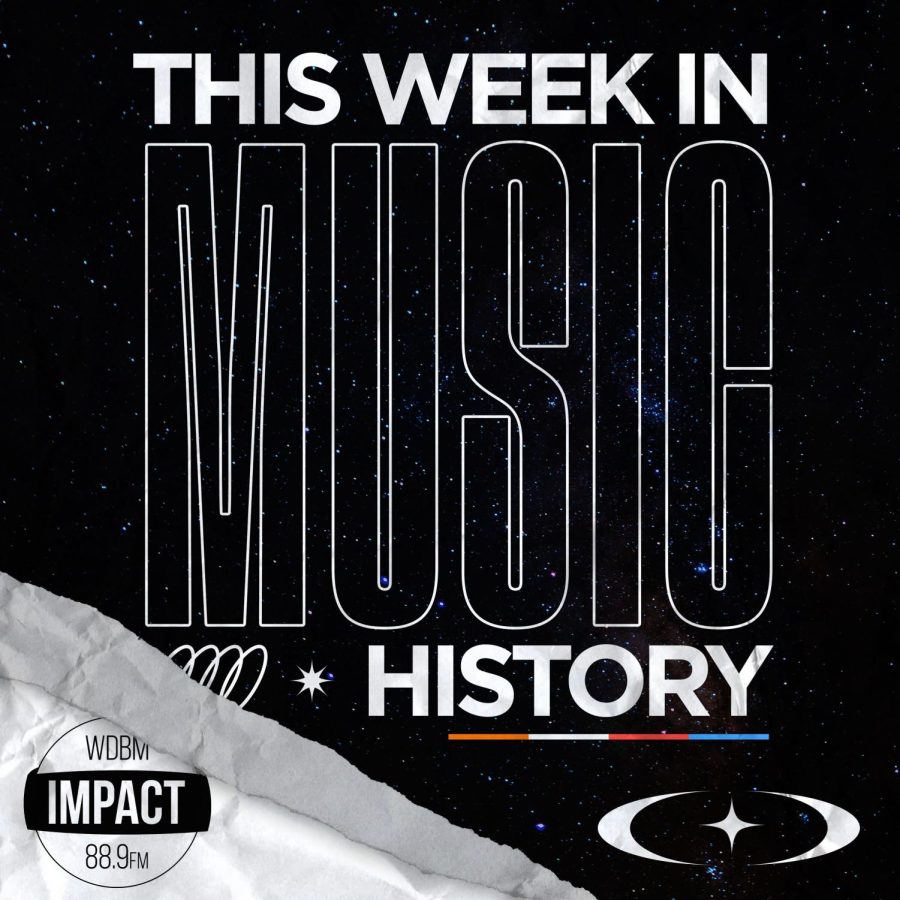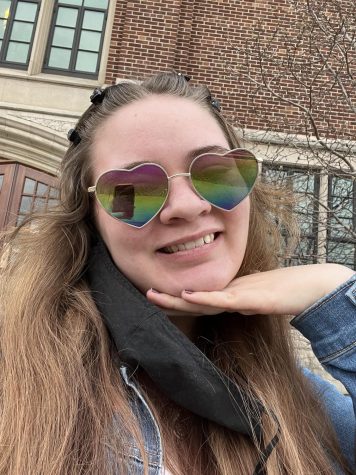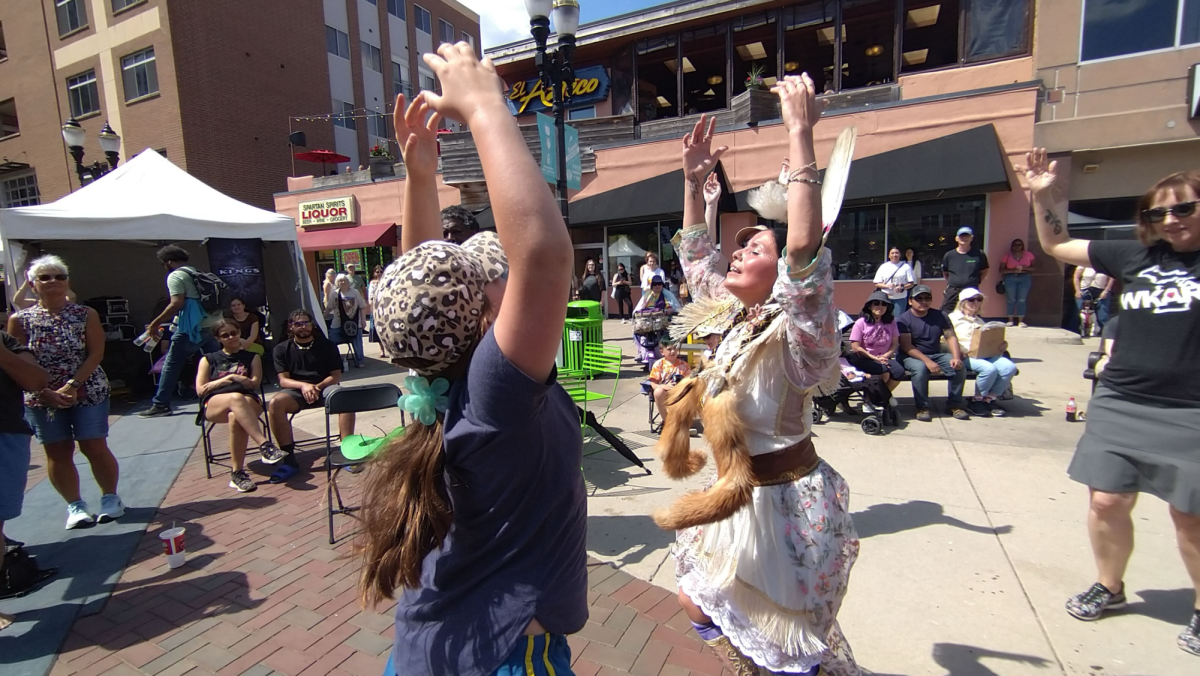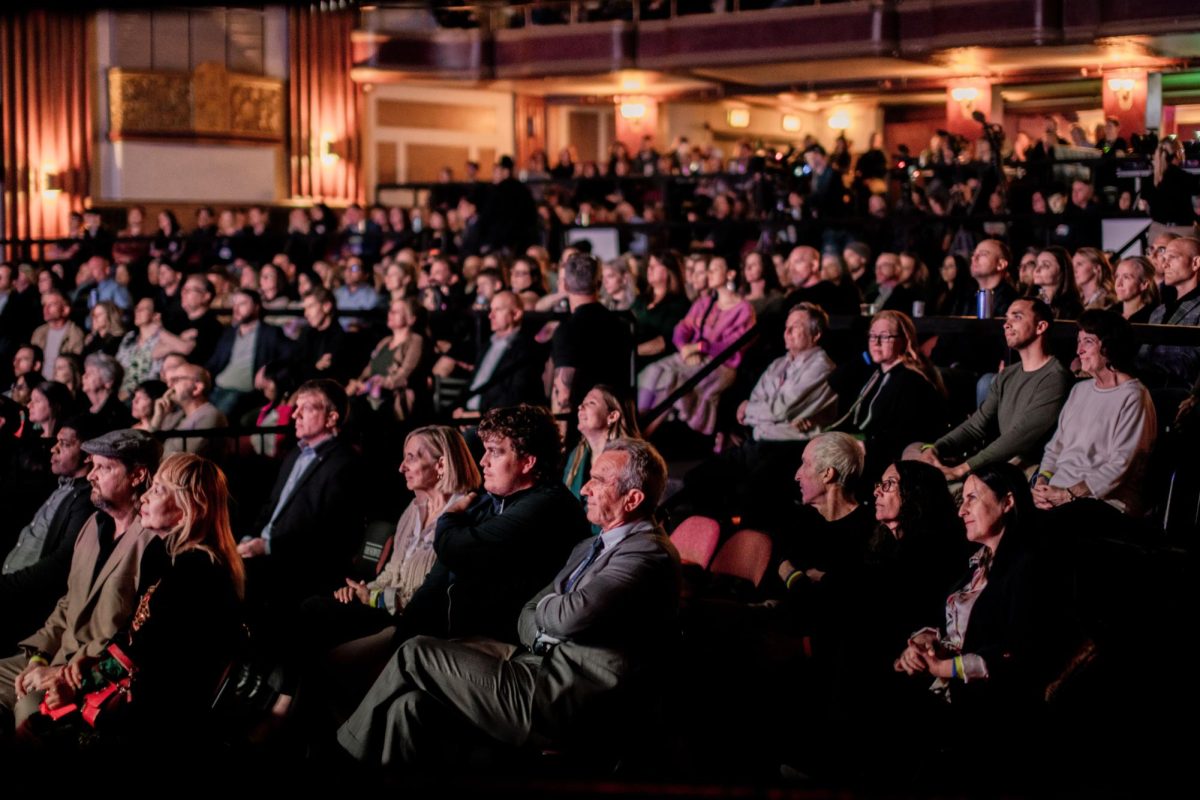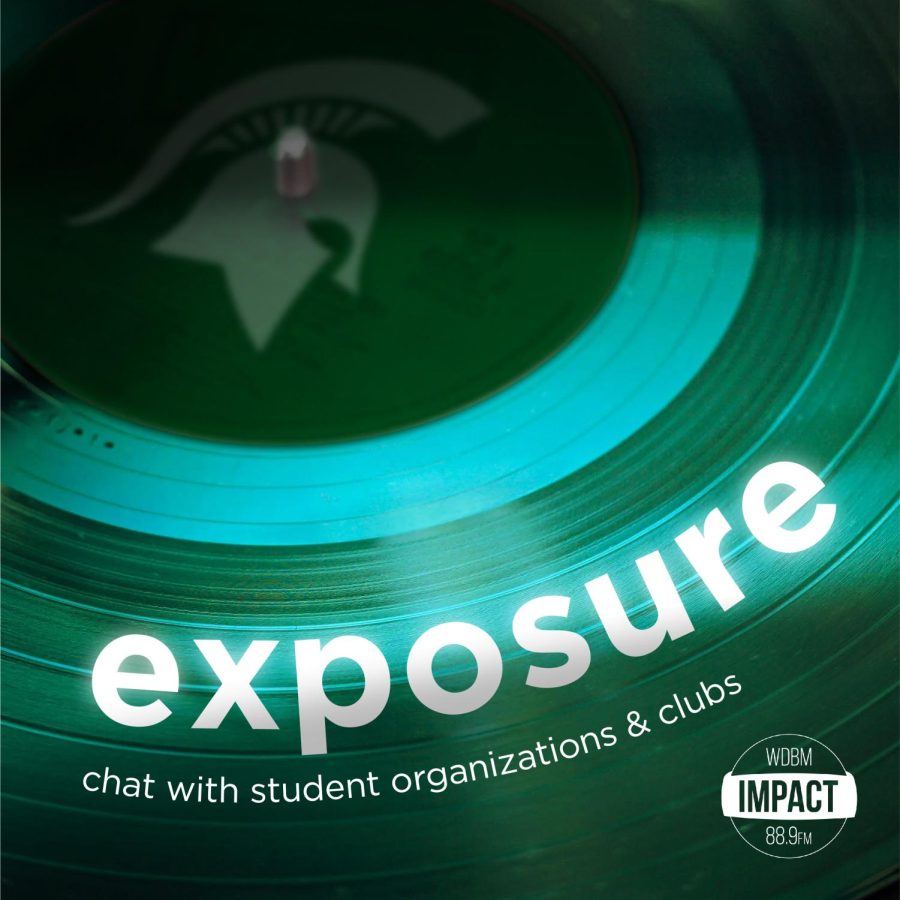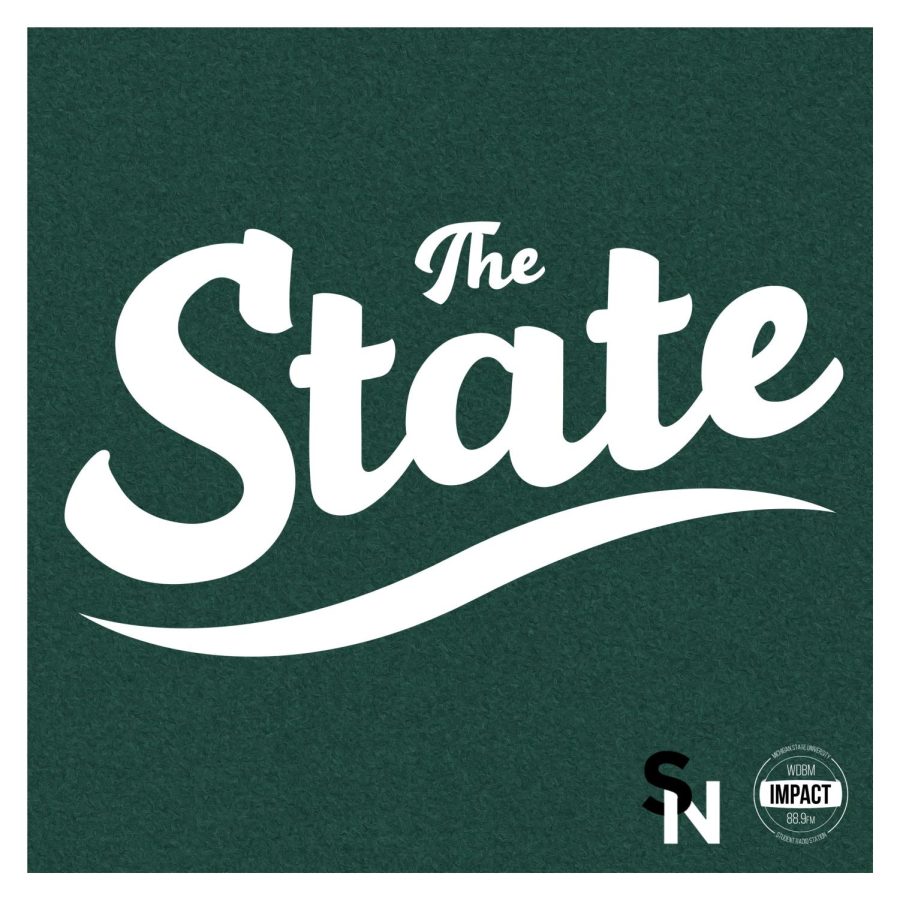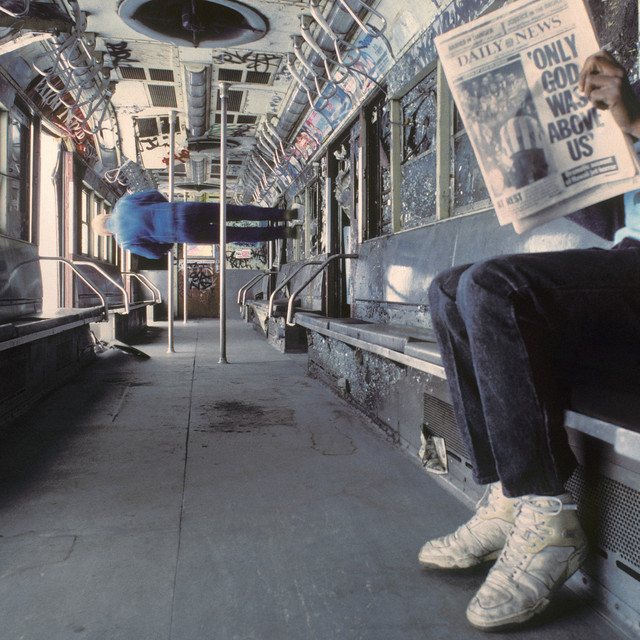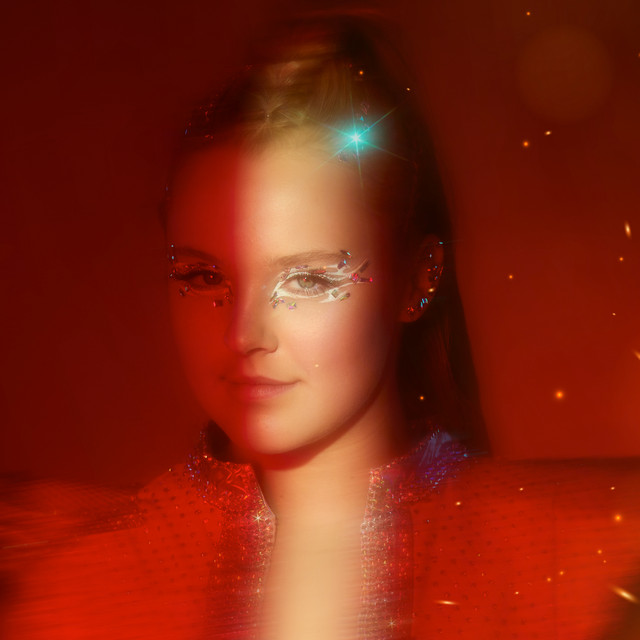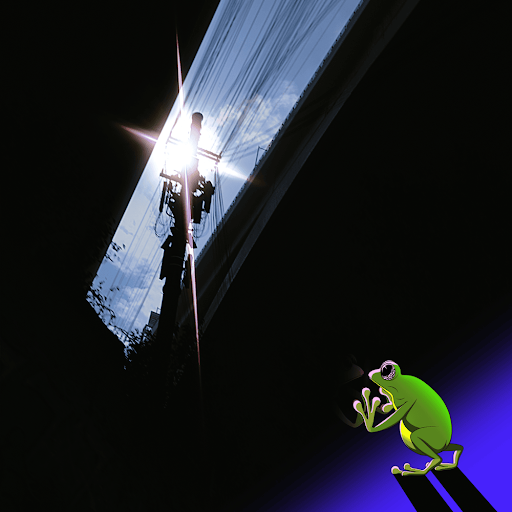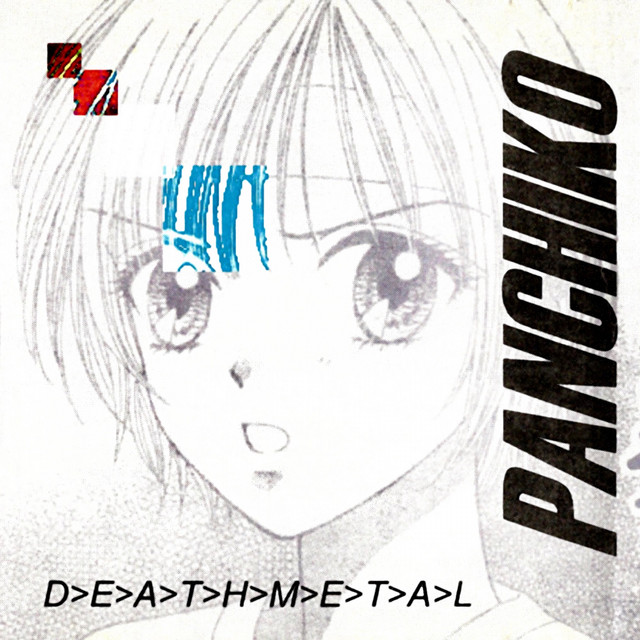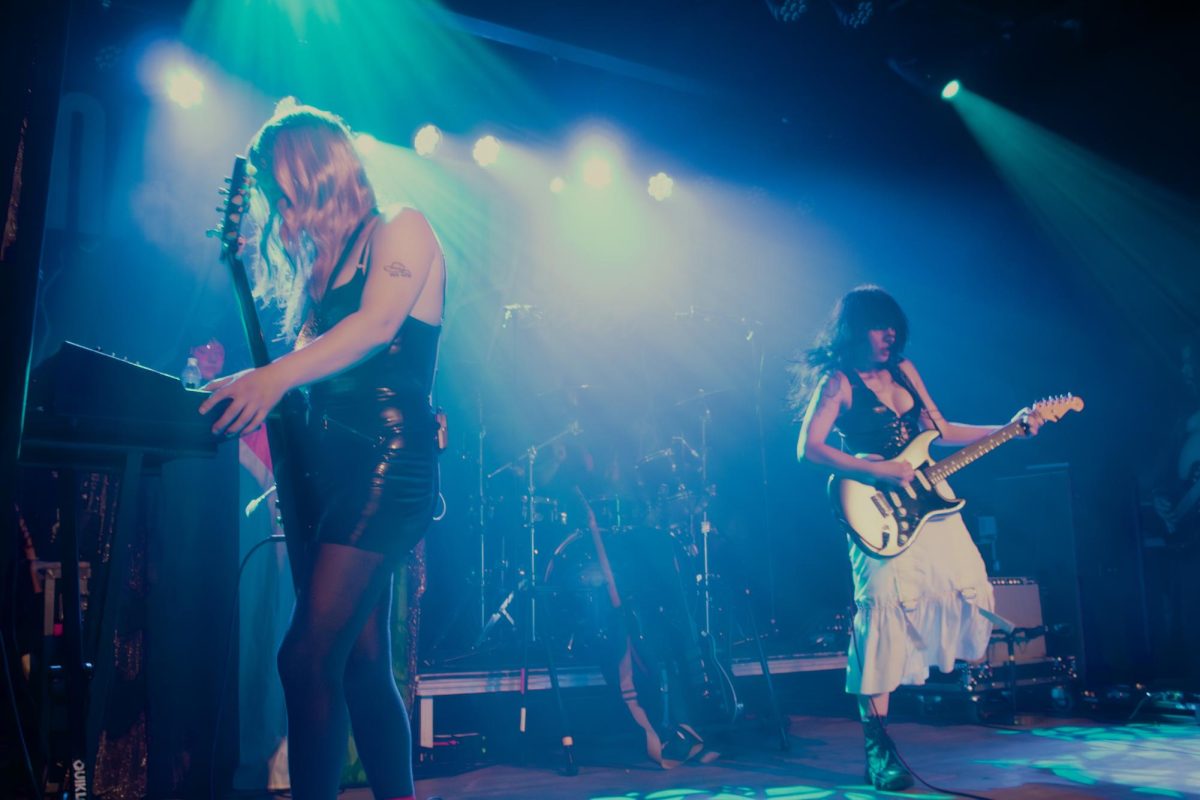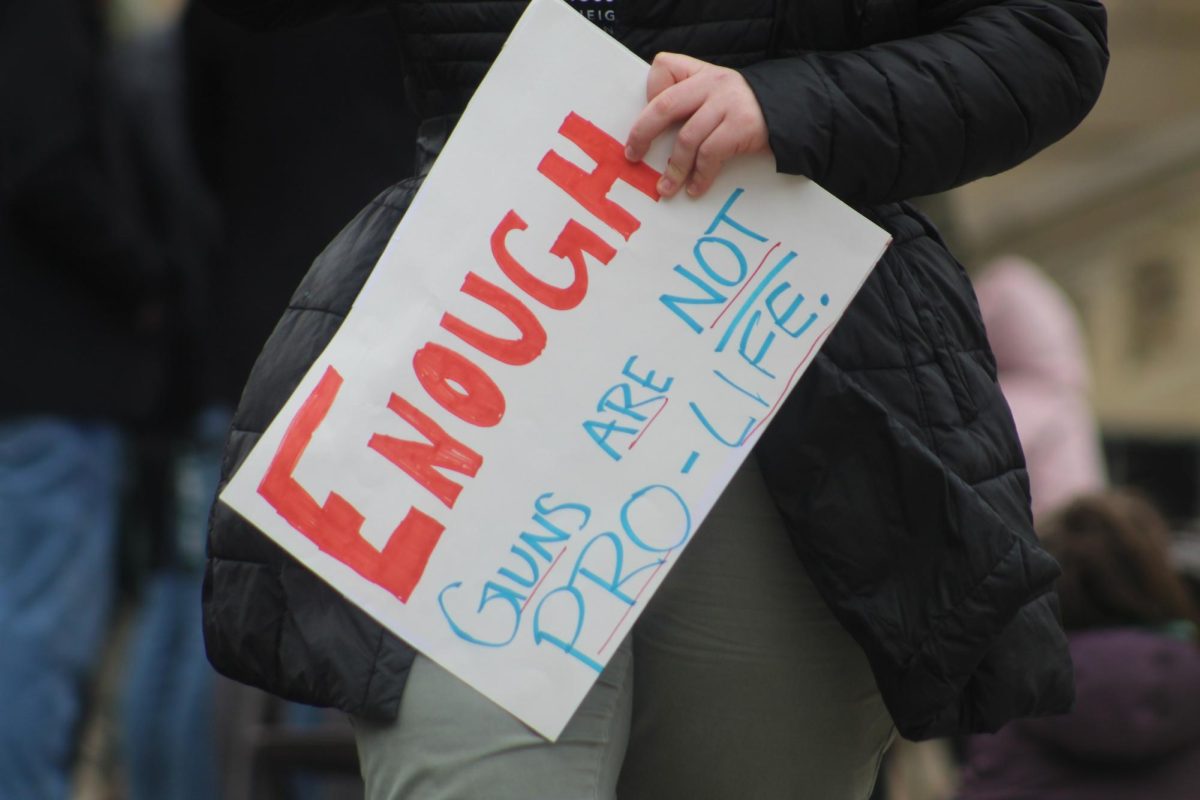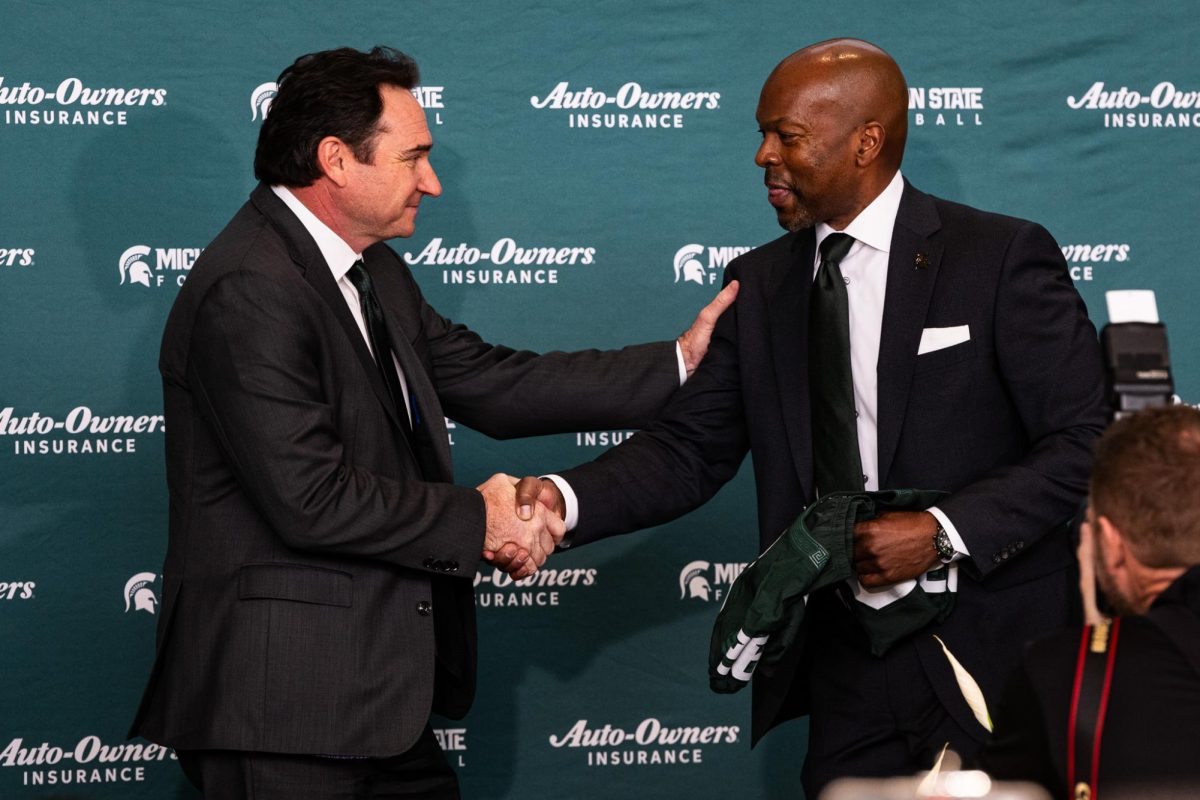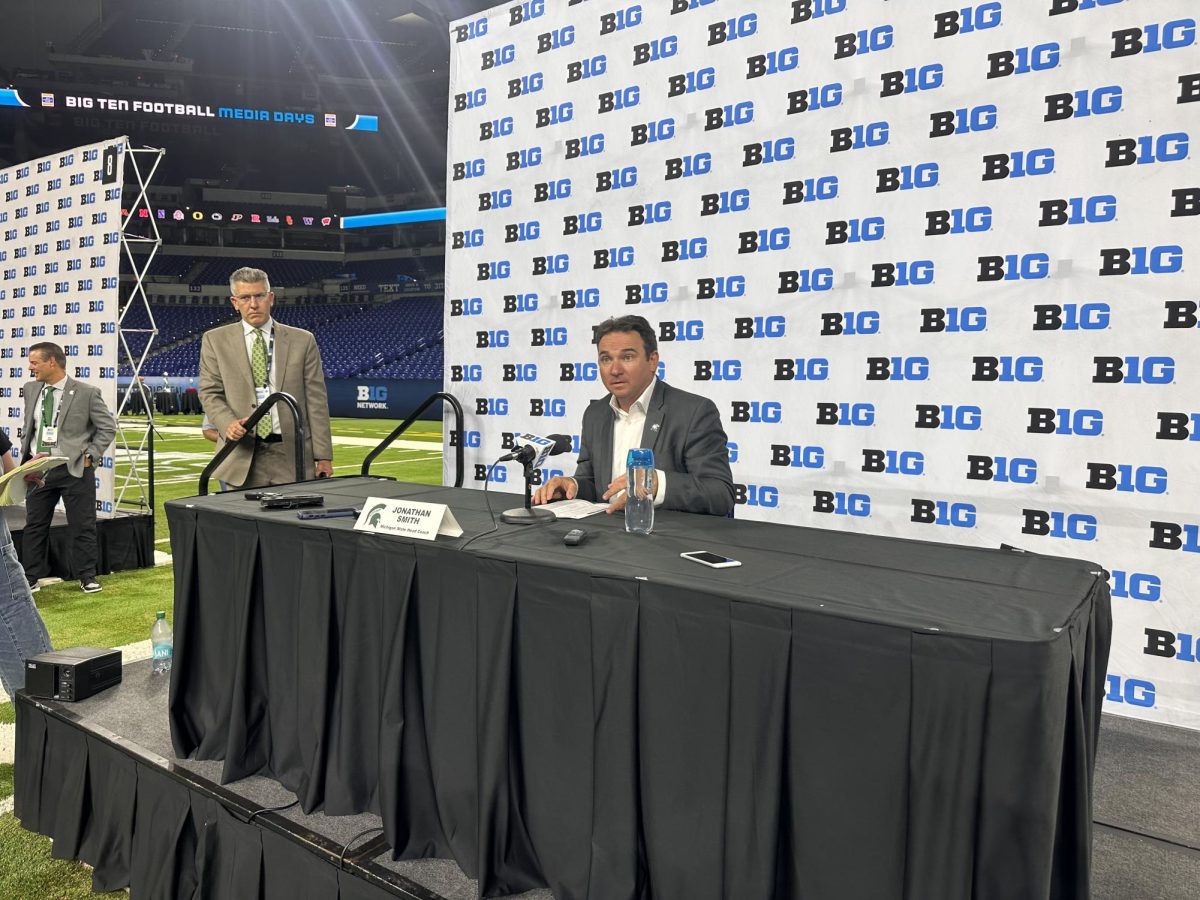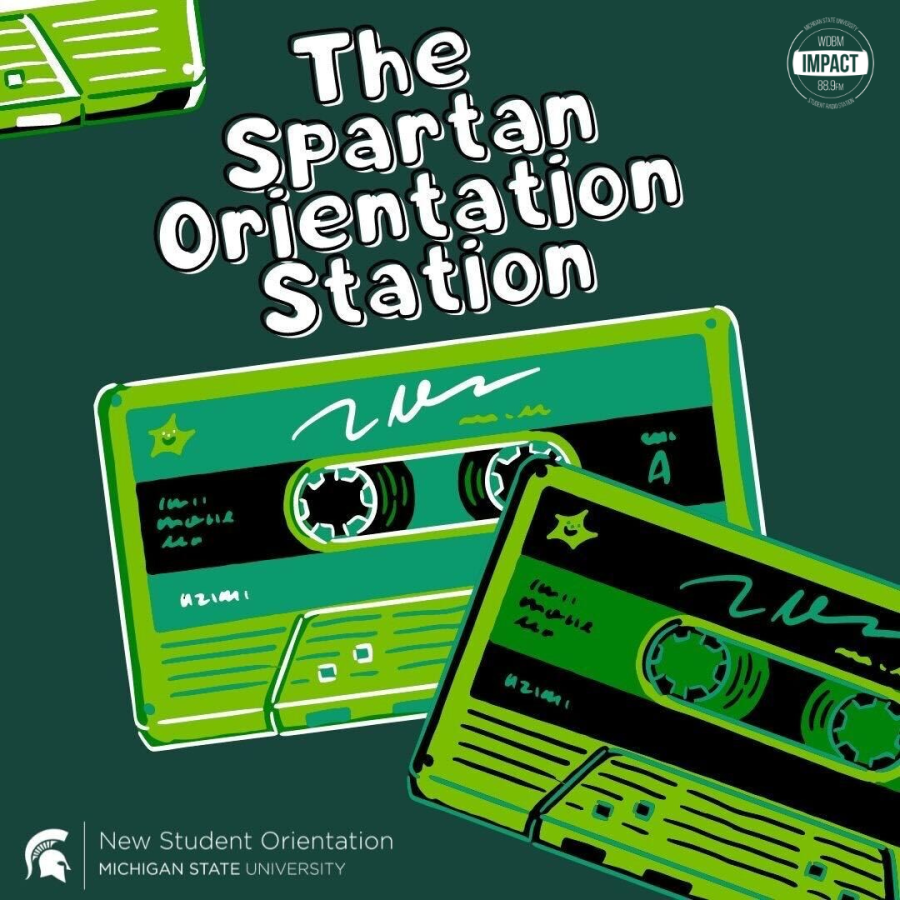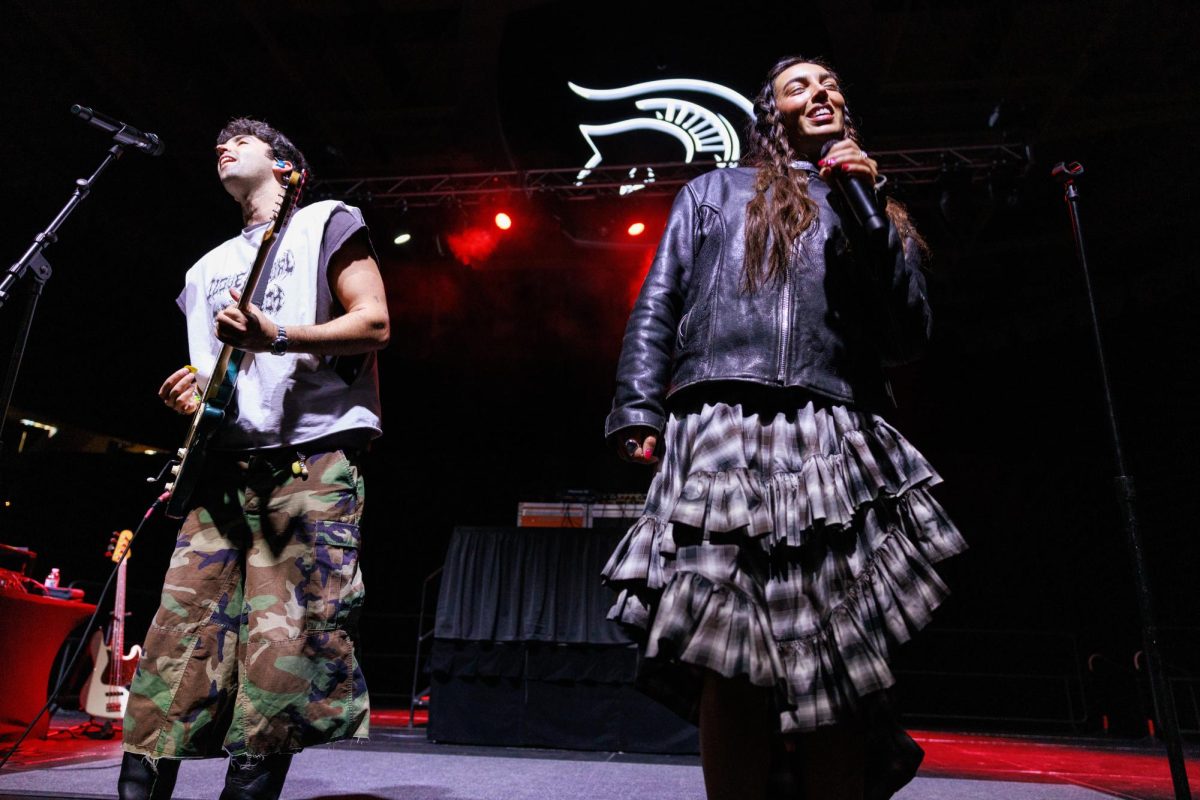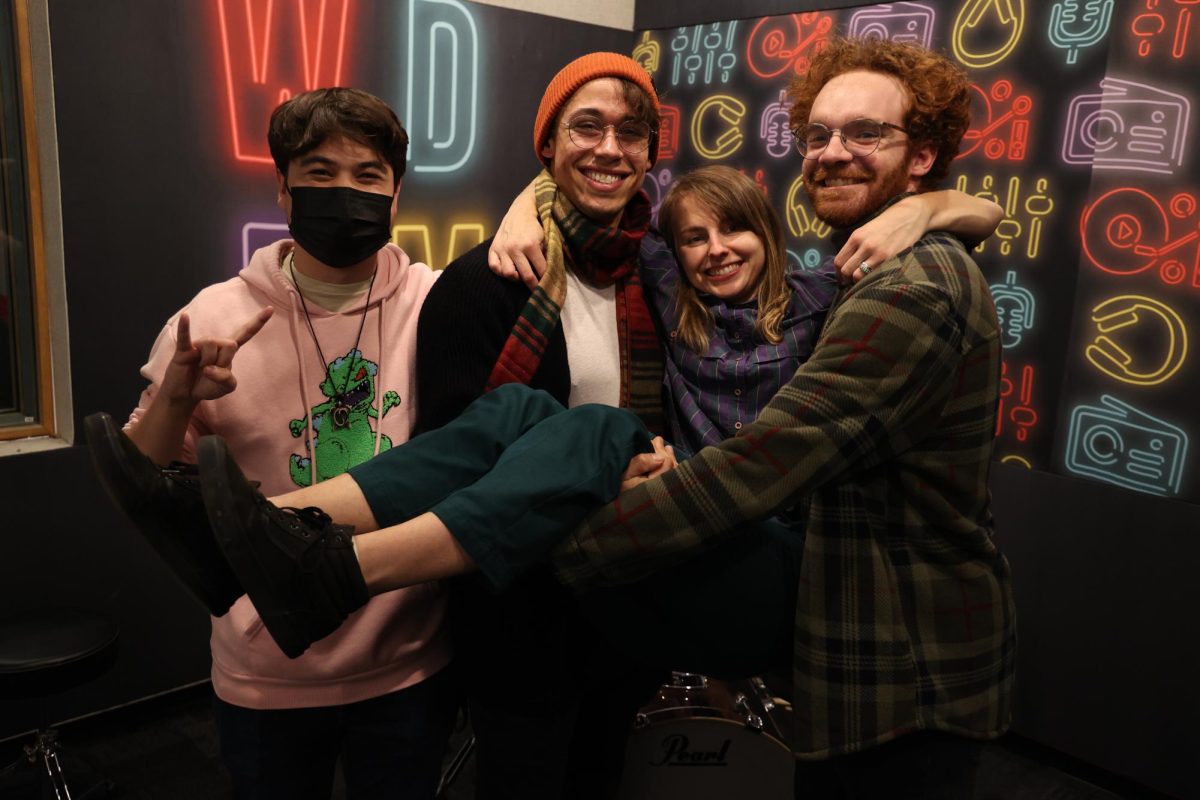This Week in Music History | February 5-11
February 11, 2023
Bad Brains’ self-titled debut album was released on Feb. 5, 1982, and changed punk rock forever. The group, who originally formed as a jazz fusion ensemble named Mind Power, soon changed their name to Bad Brains upon being introduced to punk rock and hearing the Ramones track “Bad Brains.” When Bad Brains broke onto the D.C. nascent punk scene in late 1979, they were truly groundbreaking. Not only were the members of the band all Black, but they were pioneering a completely new sound. Like most punk rock acts, Bad Brains sang about injustices they faced in their daily lives, but as Black men and Rastafarians, their outlook on oppression came from a much different place than the white teenagers making up the majority of the genre. Their rage was more purposeful and their lyrics preached positivity and inclusiveness, which was a stark contrast to the already established nihilism of punk rock. They were brash, loud and unapologetic, and their musicianship was phenomenal. They seamlessly merged the genres of funk, punk, metal and reggae, a feat that no other band had ever attempted. Their lightning-fast performances and breakneck speed rhythms made their raucous performances legendary and are the reason that many credit Bad Brains as being the earliest hardcore punk rock band.
Their early repertoire was laid to tape a few times during the late 1970s and early ‘80s, but they didn’t release a full-length album until 1982, after the band had been banned from several venues in their hometown of Washington D.C. and had relocated to New York. This was immortalized on their track “Banned in D.C.” In 1982, Bad Brains released their self-titled debut album, which was originally a cassette-only release on ROIR records. It became known as the “yellow tape” because of its yellow packaging. This album is stylistically important, as it features some of the earliest examples of punk rock breakdowns in songs such as “Right Brigade” and “Banned In D.C.” This album is widely regarded as one of the greatest punk albums ever made. Bad Brains is a transcendent act that broke the color barrier of punk rock and greatly contributed to the creation of the hardcore genre as we know it today.
~Logan Juncaj
On Feb. 6, 1945, a musical pioneer was born in northern Jamaica. This artist helped to launch Jamaican music and Rastafarianism to the forefront of the global consciousness, and helped us learn to not worry about a thing.
Bob Marley was a legend within the reggae genre, and began his legendary career in 1963, when the track “Simmer Down” from the band he was a part of, The Wailers, topped the charts in Jamaica. That song helped to inspire a shift in the Jamaican music consciousness. When the ska-esque rhythms began to slow down around 1969, The Wailers took these new rhythms and ran with it. The band went on tour in the United States for the first time, where they opened for Sly and the Family Stone, but were fired after only four of their 17 shows because they became more popular than Sly and the Family Stone. Sadly, the band disbanded in 1974, with each member pursuing a solo career.
Marley reformed the Wailers as his backing band, and he had his first hit outside of Jamaica with “No Woman, No Cry” in 1975. In the next year, Marley was to perform at a concert to ease tensions between two political factions in Jamaica, but two days before, he was shot, along with his wife, Rita, and his manager. Despite this, he went on to perform in front of a crowd of over 80,000. After that, he moved to England, where he recorded a pair of albums.
In 1977, Marley was diagnosed with melanoma, and he tragically succumbed to this disease in 1981, at the age of 36. In his short life, he managed to have such a massive impact on the international musical landscape. He would have been 78 years old this week.
~Ashe Burr
This week in music history, the 46th Annual Grammy Awards started out with a bang.
Prince and Beyoncé opened the 2004 ceremony with a medley of their songs, including “Purple Rain,” “Baby I’m a Star,” “Let’s Go Crazy” and “Crazy in Love.” The dynamic duo tore up the stage with Prince jamming on his iconic purple Cloud guitar and Beyoncé harmonizing effortlessly with breathtaking vocals.
Beyoncé was one of the big winners of the night, winning five awards. Outkast won three awards including Album of the Year for Speakerboxxx/The Love Below, making history as the first hip-hop act to win the award.
~Gabby Nelson
This week in music history: disco domination. Or, at least, a reminder of popular genres past. Forty-three years ago this week, Kool and the Gang’s upbeat hit “Celebration” began its two week stint at the top of the charts. Last.fm describes how the song, while long from its chart prominence, is still a staple, and mostly heard nowadays at weddings and in commercials. However, no history exists in a vacuum. Music will always be a reflection of the culture at large and is a valuable source of information for understanding the past. “Celebration” reached its peak at the beginning of 1980.
The previous summer, in a ballpark in Chicago, disco had died. The cultural sound of the ‘70s had taken over radio stations across the country, an upheaval of the rock genre. Disco had gained popularity in nightclubs dominated by the Black and LGBTQ communities. The genre had been influenced by the music played in underground gay dance clubs, where music straight from records was played instead of having a band. Disk jockeys were influenced by progressive soul, Latin dance music, African pop music and deep cuts pulled from the depths of record stores from almost every genre, according to “The Untold History of Disco” from Youtube channel Polyphonic. They would mix these together to try to create a new sound that fit the mood of the dance clubs. Records started being made explicitly for discotheques, featuring staples of the genre like droning ambient voices, strings, orchestral woodwinds, brass and runtimes double the average song.
Disco went mainstream, and with it, controversy. NPR described how a growing movement of disgruntled disk jockeys and rock fans declared that “Disco Sucks.” This movement culminated in the infamous July 12, 1979 riot that practically ended the genre in its tracks. Disco haters stormed Comiskey Park in Chicago after a baseball game and began blowing up and smashing disco records. A pattern emerged: white rioters, Black records. It is no coincidence that the biggest names in disco– Donna Summer, Sylvester, Earth, Wind & Fire, CHIC and Kool and the Gang– were Black.
Did disco die? Six months later, “Celebration” was No. 1 on the charts. Disco tracks finding chart success after the riot was a rarity. While maybe not the disco-iest disco song, it still is disco. Disco had not died. In 1980, Kool and the Gang found tremendous success in a widely-hated and fledgling genre and continued the music history legacy of the disco movement.
~Madison Reinhold


